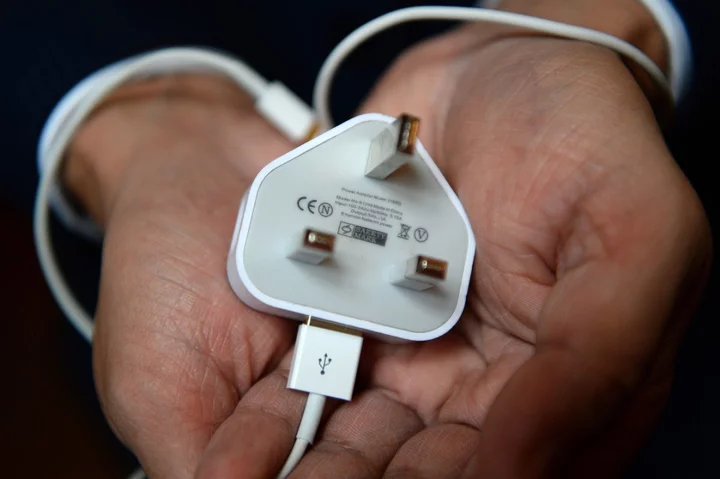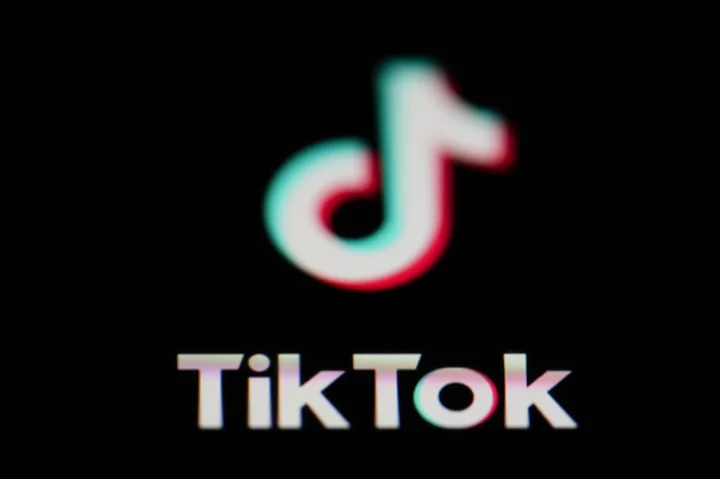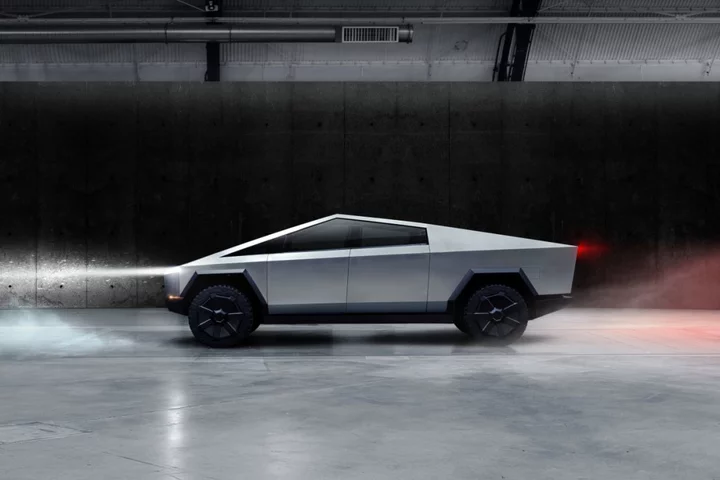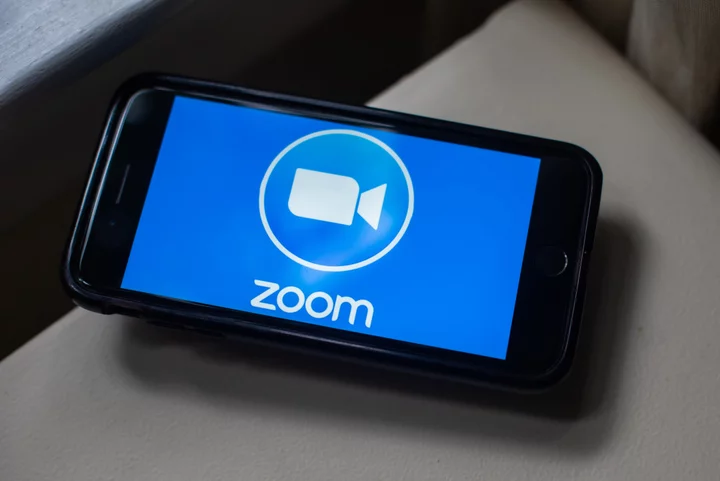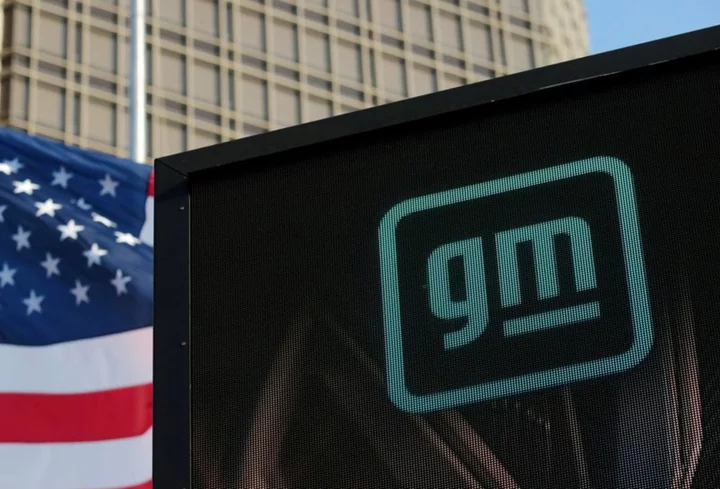iPhone 15: Apple’s new phone will finally bring new charging plug after years of resistance
The iPhone 15 is just days from launch, and will come with a change that Apple might never have wanted to make. The company will remove the Lightning port from the bottom of the iPhone, where it has been used for charging and data transfer since the iPhone 5 in 2012. Instead, it will move to USB-C, a slightly larger and more generic port. Apple has long resisted that port, even as it has comes to other Apple devices including its iPads and MacBooks. But it has been forced to do so by new rules coming from the European Union, which seek to reduce clutter and digital waste by requiring companies to use one charger. That new ruling applies to everything: not just phones, but other small electronic devices such as tablets and GPS systems. But since it was announced, much of the discussion has focused on Apple and its iPhone, largely because it was the only major company to resist the change. When the regulation was being discussed, Apple publicly and unusually criticised it. It said that the change would actually lead to more digital waste, since iPhone users would be forced to throw away their old cables, and that it would set a dangerous precedent in allowing governments to change how products are designed. Instead, it encouraged regulators to look at the other end of the cable: the one that plugs into the wall. If that was standardised then users could still rely on having somewhere to plug their cable into, and Apple already sells the iPhone with USB-C to Lightning cables. But late last year, after years of discussions, the European Parliament approved new rules that would require new devices to support USB-C. Apple confirmed soon after that it would comply with the rules. Apple does not intend to mention any of those regulatory changes or its opposition to them when it announces the iPhone at an event next week, however, according to a new report Bloomberg. Instead, it will aim to stress the benefits of the new technology. Apple will focus on the fact that customers will be able to use a single charging cable for their iPhones as well as their Macs and iPads; that there will be faster transfer speeds for the more expensive Pro phones; that charging will also sometimes be faster; and that they can be used with chargers from other, non-Apple devices. Some have suggested that Apple could limit the USB-C phones to Europe. But would have led to supply chain problems and customer confusion, the Bloomberg report suggested. Apple is still faced with a number of drawbacks for the change, however, including spending on the switch and losing money from licensing products that work with Lightning. The biggest danger might be opposition from users: when Apple switched to Lightning in 2012, it received sustained criticism from customers who were forced not only to buy new wires but also new devices such as docks that relied on that connection. This time around, however, customers might be more ready for the switch since USB-C is already used in so many products. The company will also put a USB-C cable in the box, and has been focusing on other charging technologies such as its proprietary MagSafe. However, Apple removed the charging brick from iPhone boxes with the iPhone 12 in 2020, and touted the environmental effects of doing so in a way that suggested it would not add it back again. As such, some customers might find themselves with enough cables, but nothing to plug them into, Bloomberg suggested. Read More Here’s when you will actually be able to get the new iPhone Apple is about to reveal the new iPhone – and a lot more Apple announces major event to reveal new phone Apple says its new product is making people ‘audibly gasp’ The powerful technology hidden in every iPhone – and all around you Vodafone users say they can’t call people
The iPhone 15 is just days from launch, and will come with a change that Apple might never have wanted to make.
The company will remove the Lightning port from the bottom of the iPhone, where it has been used for charging and data transfer since the iPhone 5 in 2012. Instead, it will move to USB-C, a slightly larger and more generic port.
Apple has long resisted that port, even as it has comes to other Apple devices including its iPads and MacBooks. But it has been forced to do so by new rules coming from the European Union, which seek to reduce clutter and digital waste by requiring companies to use one charger.
That new ruling applies to everything: not just phones, but other small electronic devices such as tablets and GPS systems. But since it was announced, much of the discussion has focused on Apple and its iPhone, largely because it was the only major company to resist the change.
When the regulation was being discussed, Apple publicly and unusually criticised it. It said that the change would actually lead to more digital waste, since iPhone users would be forced to throw away their old cables, and that it would set a dangerous precedent in allowing governments to change how products are designed.
Instead, it encouraged regulators to look at the other end of the cable: the one that plugs into the wall. If that was standardised then users could still rely on having somewhere to plug their cable into, and Apple already sells the iPhone with USB-C to Lightning cables.
But late last year, after years of discussions, the European Parliament approved new rules that would require new devices to support USB-C. Apple confirmed soon after that it would comply with the rules.
Apple does not intend to mention any of those regulatory changes or its opposition to them when it announces the iPhone at an event next week, however, according to a new report Bloomberg. Instead, it will aim to stress the benefits of the new technology.
Apple will focus on the fact that customers will be able to use a single charging cable for their iPhones as well as their Macs and iPads; that there will be faster transfer speeds for the more expensive Pro phones; that charging will also sometimes be faster; and that they can be used with chargers from other, non-Apple devices.
Some have suggested that Apple could limit the USB-C phones to Europe. But would have led to supply chain problems and customer confusion, the Bloomberg report suggested.
Apple is still faced with a number of drawbacks for the change, however, including spending on the switch and losing money from licensing products that work with Lightning. The biggest danger might be opposition from users: when Apple switched to Lightning in 2012, it received sustained criticism from customers who were forced not only to buy new wires but also new devices such as docks that relied on that connection.
This time around, however, customers might be more ready for the switch since USB-C is already used in so many products. The company will also put a USB-C cable in the box, and has been focusing on other charging technologies such as its proprietary MagSafe.
However, Apple removed the charging brick from iPhone boxes with the iPhone 12 in 2020, and touted the environmental effects of doing so in a way that suggested it would not add it back again. As such, some customers might find themselves with enough cables, but nothing to plug them into, Bloomberg suggested.
Read More
Here’s when you will actually be able to get the new iPhone
Apple is about to reveal the new iPhone – and a lot more
Apple announces major event to reveal new phone
Apple says its new product is making people ‘audibly gasp’
The powerful technology hidden in every iPhone – and all around you
Vodafone users say they can’t call people

